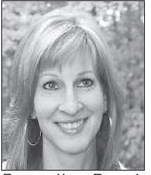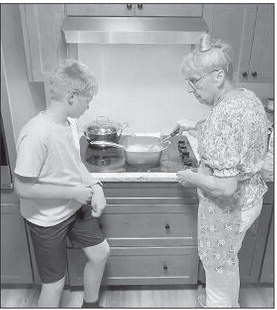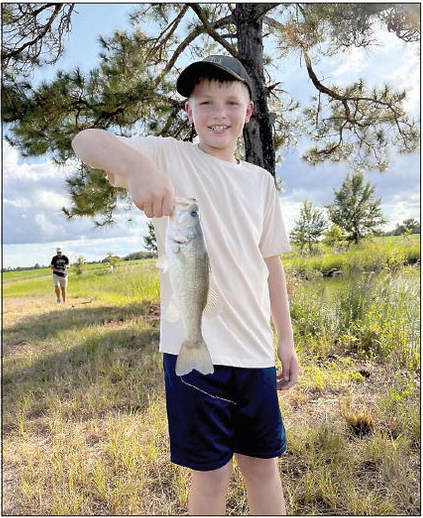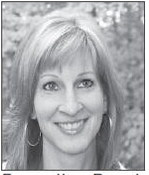Pond to Table


There, in my mother’s kitchen, stood two figures— my 88- year- old mama in her full bib apron and my 10-year-old great-nephew, Lawson—shoulder to shoulder, at the stove. Lawson’s eyes were locked on a deep frying pan like it held all of the secrets of the universe, and in a way, I suppose it did. Because what sizzled in that hot grease wasn’t just fish—it was a life lesson being passed down through the generations.
I grew up in a family full of fishermen. My daddy and my brother would head out and come home with a mess of fish, then stand outside and clean them—heads, scales, and guts going everywhere while our cat positioned herself at their feet for the feast. Back in those days, my mother cooked the fish in a deep cast iron skillet on the stovetop. She’d get that grease hot and drop the fish in, and the sizzle and smell filled every corner of our house. Mom cooked the tails on, and they’d crisp up like Lay’s potato chips. Lord, I loved those crunchy fish tails more than just about anything.
So when Lawson started showing signs of being an outdoorsy boy—fishing, hunting, spending time in the woods—well, our whole family took notice. He reminds us so much of my father, Herman, and my brother, Andy. Little Lawson loves to fish, and my nephew, Alex, has taken him to my Uncle Wallace Jarriel’s pond in Tattnall County more times than I can count. They stand on the bank with their lines in the water— watching and waiting.
A few weeks back, Alex and my mother decided it was time—time for Lawson to learn not just how to catch the fish, but what comes after. That day, Alex and Lawson caught about three bass and seven bream. Then came the cleaning of the fish. Alex took his time, showing Lawson how to hold each fish, the motion of continued from page
scaling them, making the slit along the belly, and removing the entrails. Lawson’s eyes never left his father’s hands. He was a quick study. Together, they filleted the bass but left the bones in the bream, and then they headed inside to Mom’s Ohoopee kitchen for the cooking lesson.
“The fish were already damp, so I showed him how to sprinkle a little salt on them and roll them around in the cornmeal,” Mom told me later. “Then we gently dropped them in the hot grease. I explained how to watch them and flip them over to cook the other side until they’re golden brown, then take them out.”
That day, several family members gathered around the table and ate Lawson’s fish. The pride on our little outdoorsman’s face lit up the room. He decided he liked the taste of bass better than the bream. His older siblings, Lydda and Andrew, loved eating the fish, too. Then Lawson started teasing them, reminding them that he’d done all the work while they just sat down at the table and ate what he’d worked so hard for.
In today’s world of grocery stores, fast-food drivethrus and delivery apps, most kids don’t understand where food comes from. They don’t know how to grow it, hunt it, catch it, prepare it, or cook it. But these lessons? These are as important—perhaps more important—than math, science, or history. These are survival lessons. These are life skills.
Now Lawson knows— he understands how to provide. It’s just one lesson among thousands he’ll learn in his lifetime, but it warms my heart that my nephew and my mother took the time to show him, to be patient, to explain it all. That’s how we keep the best parts of who we are alive—one fish, one lesson, one generation at a time.

Amber’s mom, Wanda Jarriel Collins, and Lawson frying fish.

Amber’s great-nephew Lawson Lanier shows off his fish.






out of
Posted on